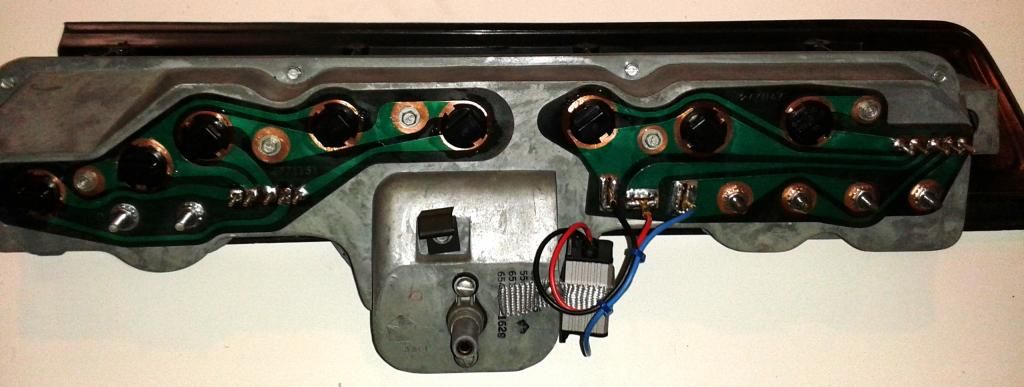Jimmycocopop
Well-Known Member
So here's one I haven't found in the forums yet....(73 Duster Base) Gas Gauge, & indicator only work when the headlight switch is pulled to ON :banghead: Each wire from the main harness is connected appropriately based on the wiring diagram. (Side note:Temp Gauge still doesn't work but I'm thinking it may be the sender....working on that later.) So I recently pulled the voltage limiter and did the 7805 regulator from radio shack with a separate capacitor to maintain the 5v. Worked great.....with the lights ON! Anyone ever ran into this problem? Looking at the service manual wiring diagrams now to check other connections.

















